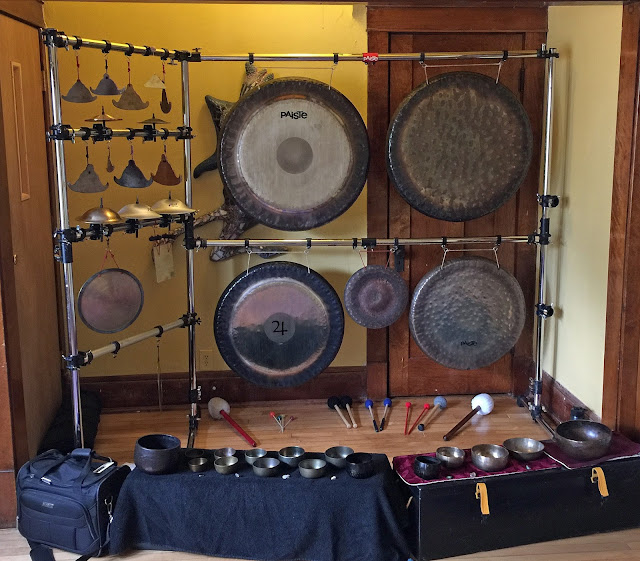What's The Best Gong To Buy?

I field questions nearly everyday from people asking about drums, percussion, and especially Gongs. Whether it's via e-mail, message, or even a phone call. the most popular question is: “What kind of Gong (or singing bowl, or bell, or ride cymbal, or hi-hats, or drum head, or various other things) should I buy?” And I wish that I could just give everyone a nice, tidy, easy answer. But there are none. Part of my initial reaction to the question is, “How should I know?” This is not like buying toothpaste , where I can suggest a whitening one if your teeth look dull, or a freshening one if you have bad breath. Sound is completely subjective and personal I'm sure you wouldn't like some of the instruments I own and use, because they create the most unmusical sounds. But they work for me and the music I'm involved in. But let's look some typical questions and the criteria for recommendations: What Gong should I buy? - Is this your 1st Gong? 2nd? 27th? That ma








